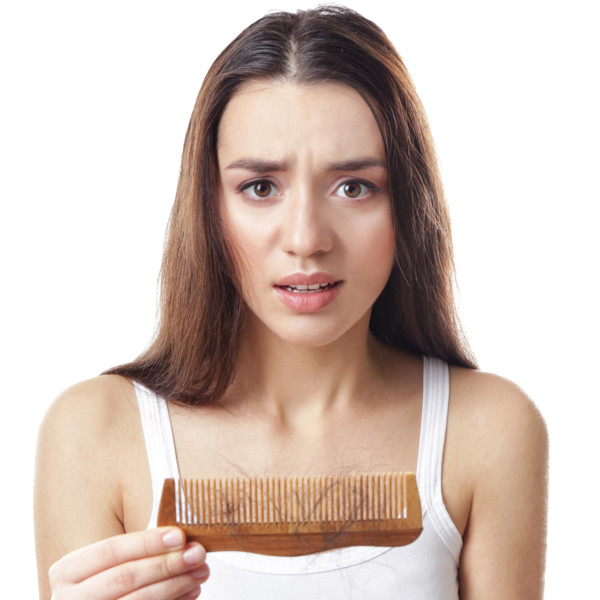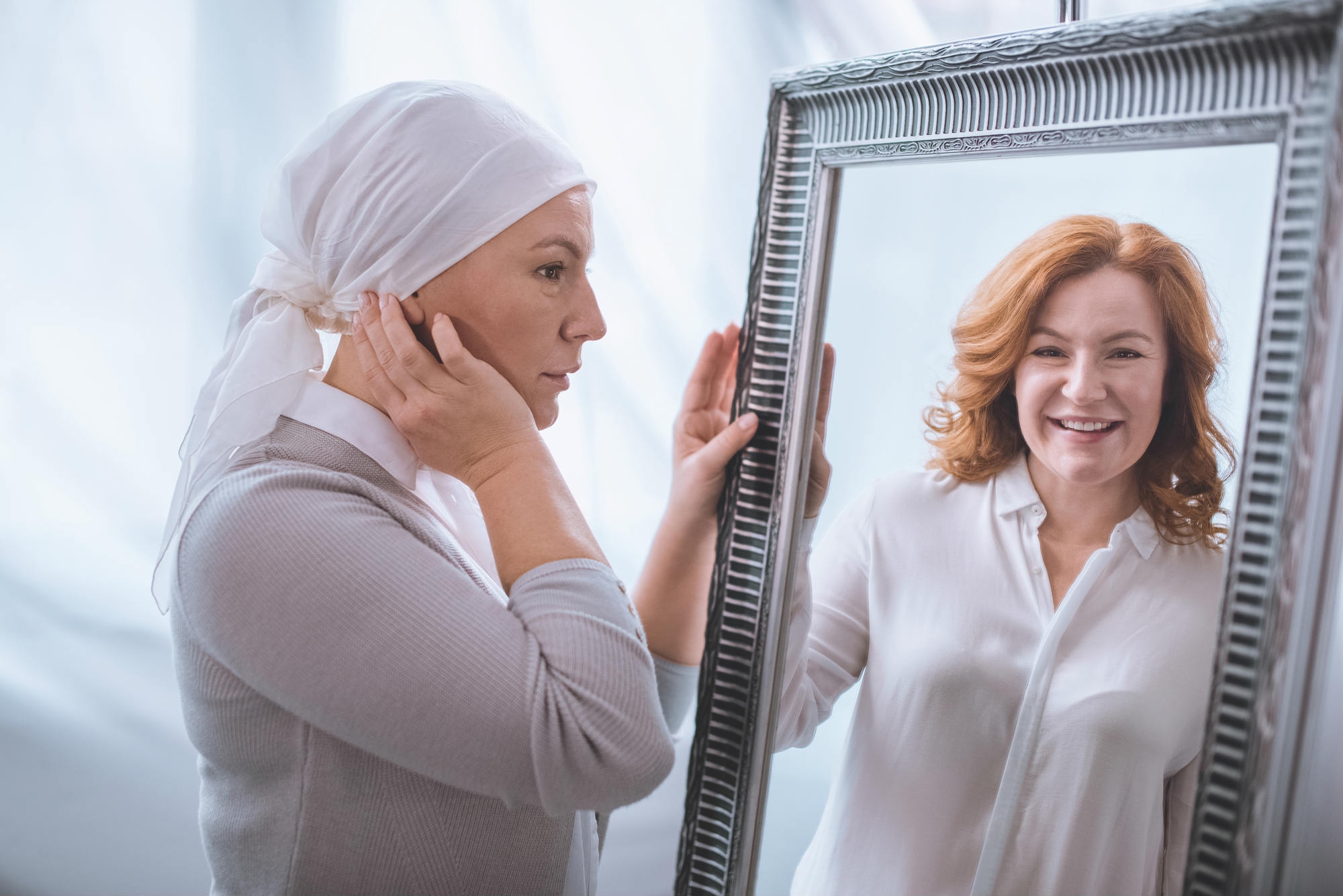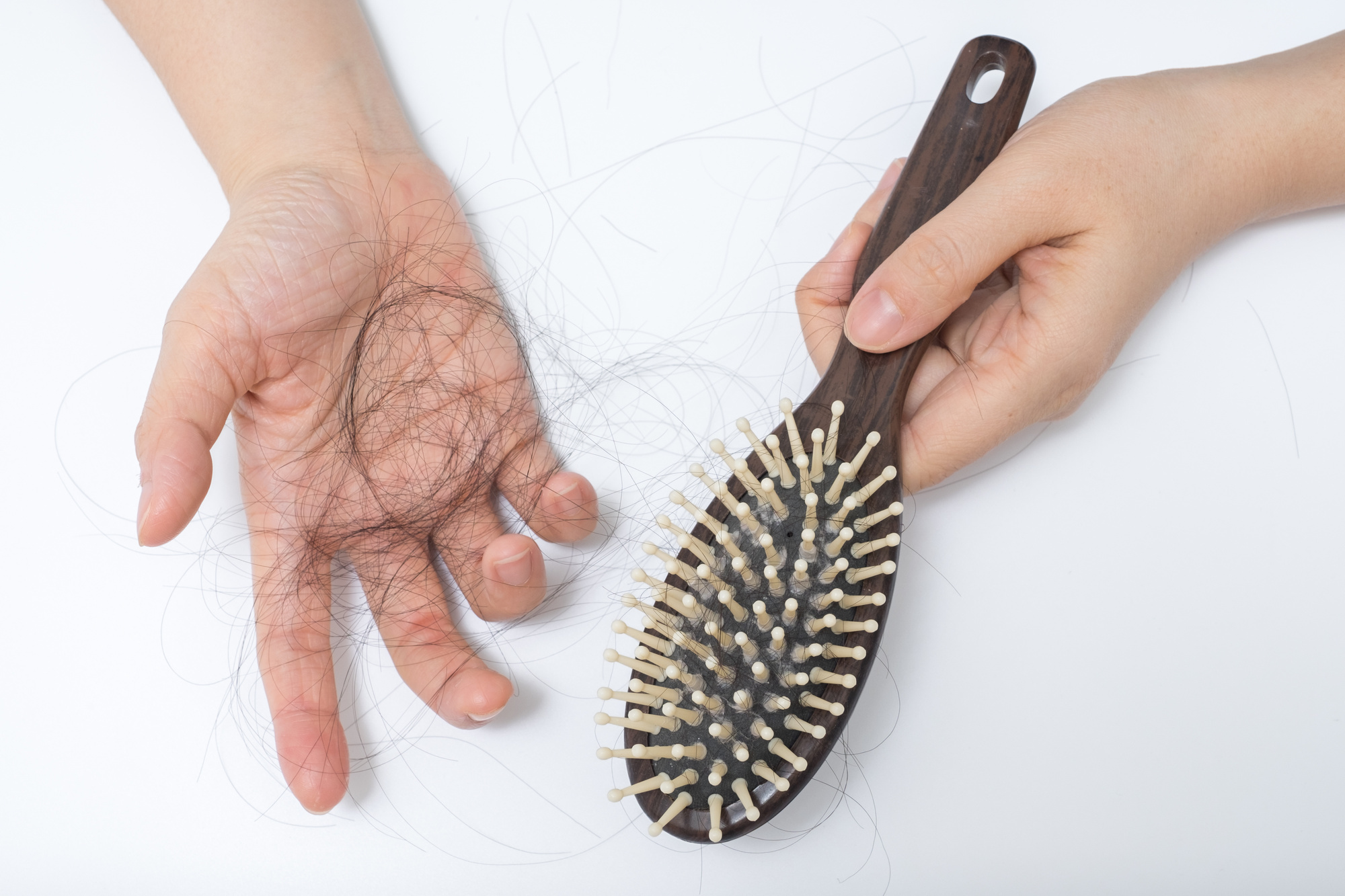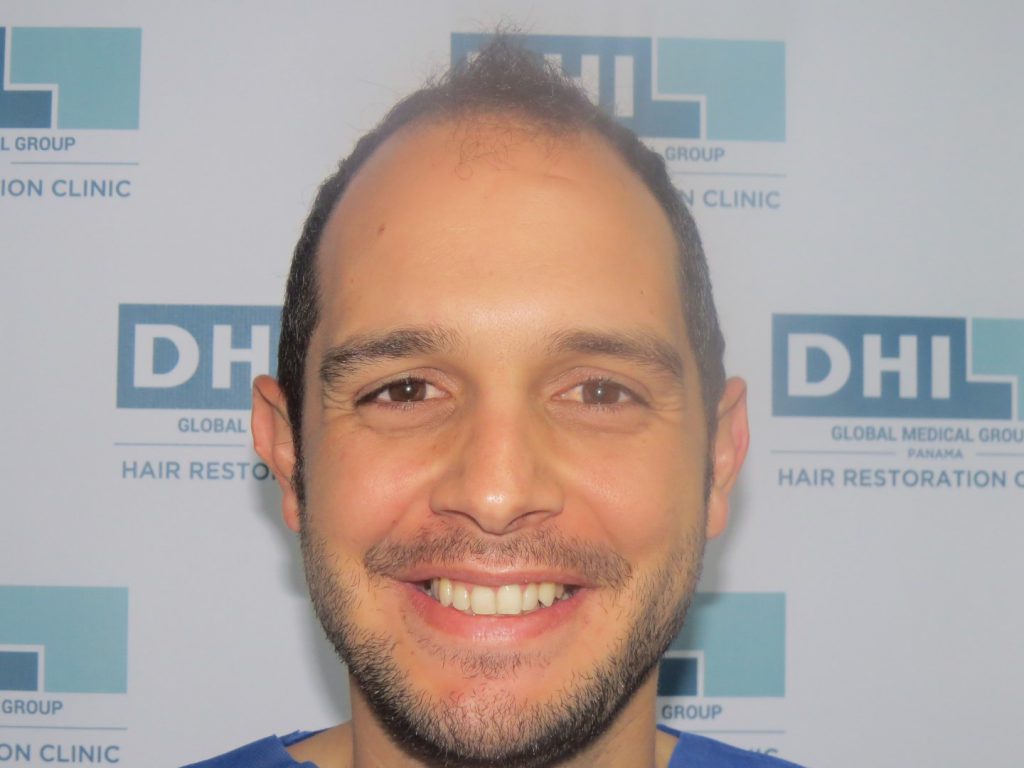
In most cases female hair loss in Panama can be treated by a physician or a hair restoration specialist.
FEMALE HAIR LOSS IN PANAMA
For all women, losing hair is disheartening. Female Hair Loss in Panama does not only occur in post-menopausal women. A woman who notices the beginnings of hair loss may not be sure if it is going to be temporary or permanent. Events such as pregnancy or illness are associated with temporary hair thinning.
In women, as in men, the most likely cause of scalp hair loss is androgenetic alopecia. However women with hair loss due to this cause do not develop true baldness in the patterns that occur in men.
Unlike for men, thinning scalp hair in women due to androgenetic alopecia does not uniformly grow smaller in diameter and has miniaturizing hairs of variable diameter.
What is Female Pattern Hair Loss?
Female pattern hair loss is a condition that occurs in women who suffer from androgenic alopecia. Affecting up to 40% of women by age 50, it begins with patients noticing a thinning of their hair, along with obvious signs of shedding, such as more hair fall in the shower, in their hairbrush, and on their pillow when they wake up in the morning.
Unlike men who suffer from male pattern hair loss, the signs and symptoms in women are more pronounced. Where men will notice thinning in certain areas of their scalp such as temples and crown, women with female-pattern hair loss will notice hair thinning all over their scalp with more loss occurring on the top of the head, causing a widening of the center hair part.
The one piece of good news about female pattern hair loss is that rarely if ever does it lead to complete baldness as it does for men.
WHAT ARE THE CAUSES OF FEMALE HAIR LOSS?
Age: some amount of hair loss is natural as we age, whether we are male or female.
Hormones: hormonal changes can lead to female pattern hair loss. For women, especially those who are going through or who have already experienced menopause, the likelihood of experiencing hair loss is much greater.
In particular, changes in androgen levels (male hormones such as DHT) are responsible for not only hair loss on a woman’s head, but increased and coarser hair on other parts of her body.
Genetics: if someone else in your family such as your mother, father or grandmother suffered from female pattern hair loss, you are more likely to develop the condition yourself.

Other causes of hair loss can also be:

DIAGNOSIS OF HAIR LOSS IN WOMEN IN PANAMA
The diagnosis of “female pattern” hair loss is relatively straightforward when there is a history of gradual thinning in the front and/or top of the scalp, a relative preservation of the frontal hairline, a positive family history of hair loss and the presence of miniaturization in the thinning areas. Miniaturization, the progressive decrease of the hair shaft’s diameter and length in response to hormones, can be identified using a hand-held device called a densitometer.
Besides densitometry, two other common diagnostic tests that can be performed in the physician’s office are the hair-pull (a test for shedding) and the hair pluck (a test for hair damage). If common causes are ruled out, a more thorough diagnosis is called for, which may include blood work, a biopsy, or other laboratory testing. Read more about the Diagnosis of Hair Loss in Women.
The diagnosis by qualified DHI staff in Panama is based upon:
CAN WOMEN UNDERGO HAIR RESTORATION SURGERY?
As long as there is an adequate donor region from which follicular grafts can be harvested, women can benefit from hair restoration surgery. Women experiencing androgenetic alopecia or hair loss caused by scars from accidents, burns or cosmetic procedures often make good candidates for hair transplant surgery as long as they usually have an ample donor region.

Is there any way to prevent women’s hair loss?
Yes, although there are many hair loss medications on the market that promise to prevent further loss and regrow hair, oral finasteride and topical minoxidil are the two-main proven hair loss prevention medications. Women who are pregnant or are trying to become pregnant should not take or even handle oral Finasteride, but may use topical custom prescriptions.
WHAT ARE THE TYPES OF FEMALE HAIR LOSS?
Alopecia Areata: alopecia areata is an autoimmune condition where the immune system mistakenly attacks the hair follicles, causing hair loss on the scalp, face and other areas of the body. Alopecia areata can occur in multiple family members, suggesting genetics play a part in this condition. It affects both men and women and often first appears in childhood.
There are several forms of alopecia areata, including:
- Alopecia areata (patchy hair loss): this is the most common form of alopecia areata, resulting in one or more round patches of hair loss.
- Alopecia totalis: this form of alopecia areata is characterized by the complete loss of scalp hair.
- Alopecia universalis: this condition is the most advanced form of alopecia areata and results in the total loss of hair on the scalp and body.
- Ophiasis: this form of alopecia areata occurs in a wave pattern around the edge of the scalp, typically at the back of the head.
Non Pattern Causes of Hair Loss in Women
Hair loss in women may caused by other conditions apart from androgenetic alopecia:
Anagen Effluvium
Anagen effluvium is the sudden loss of hairs in the growing (anagen) phase. This condition may be caused by exposure to chemicals or toxins such as those found in chemotherapy or radiation for cancer treatment. The condition is generally reversible and hair typically regrows within 1-3 months, but some hair loss can be permanent.
Hypotrichosis
Hypotrichosis is a condition where there is no hair growth from the time of birth. Rather than having hair and losing it over time, people with hypotrichosis never grow any hair. This condition is thought to be caused by a genetic deviation during fetal development.
Androgenetic Alopecia
Androgenetic alopecia, or hereditary hair loss, is the most common type of hair loss and it’s progressive. Men and women with androgenetic alopecia are born with inherited hair follicles that are sensitive to a hormone called dihydrotestosterone (DHT). This hormone causes hair follicles to miniaturize over time, producing thinner and finer hair. Eventually, the follicles stop producing normal hairs, leaving only “peach fuzz”. Men with this condition typically notice a hairline that recedes or thinning at the crown. Women with androgenetic alopecia don’t always follow a recognizable pattern, but may see a widening part, overall thinning or patchy hair loss.
Scalp Folliculitis
Scalp folliculitis is usually due to a bacterial infection and occurs when hair follicles become inflamed due to blockage or damage. Follicles may be surrounded by a ring of inflammation and look like acne. In the early stages, hair may still be present in the follicle, but as the condition progresses, it will fall out. In severe cases, the inflammation can permanently damage hair follicles and result in hair loss.
Telogen Effluvium
Telogen effluvium occurs when hair follicles are prematurely pushed into the resting (telogen) phase of hair growth. This condition is usually due to an acute external factors such as physical trauma, surgery, major illness or other intense stressors on the body. It typically appears as diffuse thinning across all areas of the scalp, and in many cases, is temporary and reversible.
Traction Alopecia
Traction alopecia results from damaged hair follicles due to constant tension or pulling over a long period of time. Repeatedly wearing tight hairstyles, such as ponytails, buns or braids, can cause traction alopecia. This condition typically occurs near the temples or along the hairline. African-American women often experience this type of hair loss at their edges, which is the hairline area that goes from ear to ear and frames the face.
Trichorrhexis Nodosa
Trichorrhexis nodosa is characterized by weak points, or nodes, present along the hair shaft. The nodes cause hair to break easily, leading to the appearance of thinning hair or patchy hair loss. The condition can be triggered by harsh styling practices such as the overuse of chemicals and heat styling tools. In some cases, trichorrhexis nodosa may be caused by underlying medical disorders such as thyroid problems, an iron deficiency or a buildup of ammonia in the body.
Trichotillomania
Trichotillomania is an impulse control disorder that drives individuals to compulsively pull out their own hair. Typically, trichotillomania results in patchy bald spots on the scalp, eyebrows and/or eyelashes.

Hair loss in the Ludwig system is labeled as being mild, moderate and extensive.
Treatment of Female Hair Loss
The hair restoration industry has come a long way since conventional surgery, where a strip of skin is removed from the back of the head in order to harvest hair follicles to transplant.
Several techniques have been developed by DHI which can reduce female hair loss: Platelet Rich Plasma – PRP, Scalp Micropigmentation, as well as new supportive natural hair loss products such as shampoos and lotions.
What is the Classification of Female Hair Loss?
The common diffuse pattern of female hair loss caused by heredity is organized by the degree of thinning. This system of classification for hair loss in women is called the Ludwig Classification.
Hair Loss
Diagnosis
Here at DHI Global Medical Group we recognize that the correct diagnosis is the basis for a successful treatment. We are the best hair restoration clinic in Panama.




